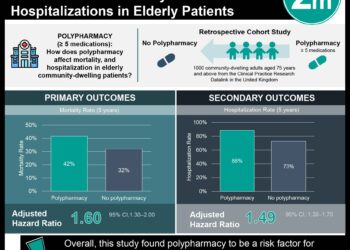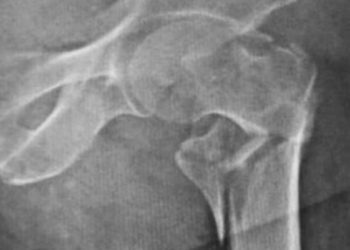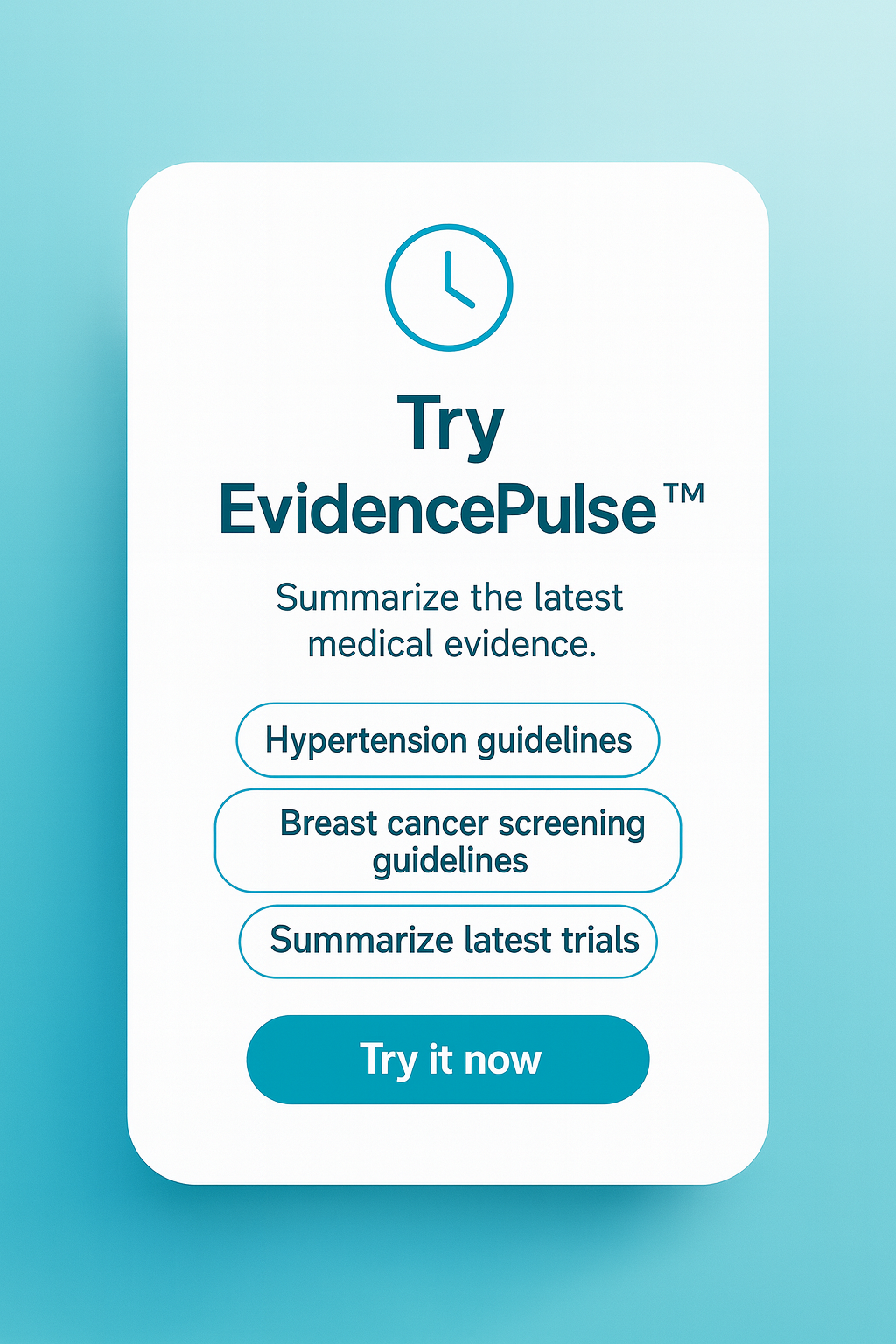Risk of financial precarity from hospitalization among Medicare beneficiaries ineligible for Medicaid
1. In this cross-sectional study examining four scenarios, many participants earning between 100% and 400% of the federal poverty level did not have enough balance or liquid assets to pay for the Part A Medicare deductible.
2. Financially precarious individuals tended to be Black, Hispanic, or of other, non-White race and ethnicity; lack high school education; and have at least 3 chronic conditions and 3 limitations in activities of daily living.
Evidence Rating Level: 3 (Average)
Study Rundown: Many Medicare beneficiaries report difficulty paying medical bills or needing to postpone care for cost reasons. Although Medicaid can reduce out-of-pocket costs through Medicare cost sharing, it is only eligible for patients with incomes at or below the federal poverty level (FPL) and limited assets. Thus, there have been calls for increased Medicaid protections for financially precarious older adults. This study aimed to examine financial precarity in Medicare beneficiaries earning between 100% and 400% of the FPL, the demographics and health of financially precarious beneficiaries, and how this population may vary with different financial scenarios revolving around savings and supplemental insurance. From a sample of beneficiaries, nearly half did not have enough in their bank accounts to pay a $1600 Part A deductible, while over one-third did not have enough balance even after accounting for supplemental insurance. The majority of those sampled did not have enough liquid assets to both pay for the deductible and save for future living expenses, and many did not have enough assets even when factoring in supplemental insurance. In all scenarios, Black participants, Hispanic participants, and participants from other races and ethnicities were much more financially precarious than White participants, even when stratifying by income range. Financially precarious beneficiaries were also more likely not to have received a high school education and to have at least 3 chronic conditions and 3 activities of daily living (ADL) limitations. The generalizability of this study was limited by its exclusion of non-hospital expenses, especially long-term care costs, and adults with incomes above 400% of the FPL. Nevertheless, this study paints a portrait of individuals who may be most affected by healthcare expenses and identifies a need for increasing Medicare financial protections.
Click to read the study in AIM
Relevant Reading: Affordability of Medical Care Among Medicare Enrollees
In-Depth [cross-sectional study]: This study aimed to characterize Medicare beneficiaries with modest incomes who may face financial precarity if exposed to the Medicare Part A hospital deductible. Participants were identified using the Health and Retirement Study, which follows adults aged 50 and older, and a sample of beneficiaries earning between 100% and 400% of the FPL was selected. Liquid assets, which included retirement accounts, stocks, and bonds, were included for analysis because they could theoretically be used to pay urgent healthcare costs. Private supplemental insurance included Medigap and employment- or retirement-related plans. Four scenarios were created surrounding an unexpected $1600 Part A deductible. In the first scenario, financial precarity was defined as not having enough in checking and savings accounts alone to pay the deductible; the second scenario factored in private supplemental insurance that was assumed to cover the entire deductible but used the same definition for precarity. The third scenario defined financial precarity as not having enough in checking accounts and other liquid assets without spending money required for future living expenses ($5000), and the fourth scenario, similarly to the second scenario, factored in supplemental insurance. The study identified a sample of 4881 beneficiaries, which was extrapolated to approximately 26.6 million beneficiaries nationwide. The mean age was 73.3 years; 58.2% of beneficiaries were female, 11.1% identified as Black, and 8.9% identified as Hispanic. From the first to fourth scenarios, financially precarious individuals made up 45.0% (95% CI, 43.2 to 46.8), 34.6% (95% CI, 32.9 to 36.3), 50.7% (95% CI, 48.9 to 52.5) and 39.0% (95% CI, 37.2 to 40.7) of the sample respectively. Across all scenarios, financial precarity was much more common among respondents who were Black (73.5%, 61.1%, 82.0%, 67.7% for Scenarios 1-4, respectively), Hispanic (76.2%, 67.9%, 82.4%, 73.0% for Scenarios 1-4, respectively), and of other race and ethnicity (64.8%, 58.2%, 76.3%, 67.6% for Scenarios 1-4, respectively) compared to those who were White (36.2%, 25.8%, 41.3%, 29.5% for Scenarios 1-4, respectively). Groups that also had a higher proportion of financial precarity included beneficiaries with less than a high school education (70.0%, 60.5%, 76.2%, 64.8% for Scenarios 1-4, respectively), at least 3 chronic conditions (49.2%, 38.3%, 55.6%, 43.4% for Scenarios 1-4, respectively), and at least 3 ADL conditions (66.2%, 53.5%, 74.8%, 58.6 for Scenarios 1-4, respectively). In all, this study showed which individuals may be at risk of financial precarity and highlights a need to expand eligibility for Medicaid programs.
Image: PD
©2024 2 Minute Medicine, Inc. All rights reserved. No works may be reproduced without expressed written consent from 2 Minute Medicine, Inc. Inquire about licensing here. No article should be construed as medical advice and is not intended as such by the authors or by 2 Minute Medicine, Inc.

![2MM: AI Roundup- AI Cancer Test, Smarter Hospitals, Faster Drug Discovery, and Mental Health Tech [May 2nd, 2025]](https://www.2minutemedicine.com/wp-content/uploads/2025/05/Untitled-design-350x250.png)






